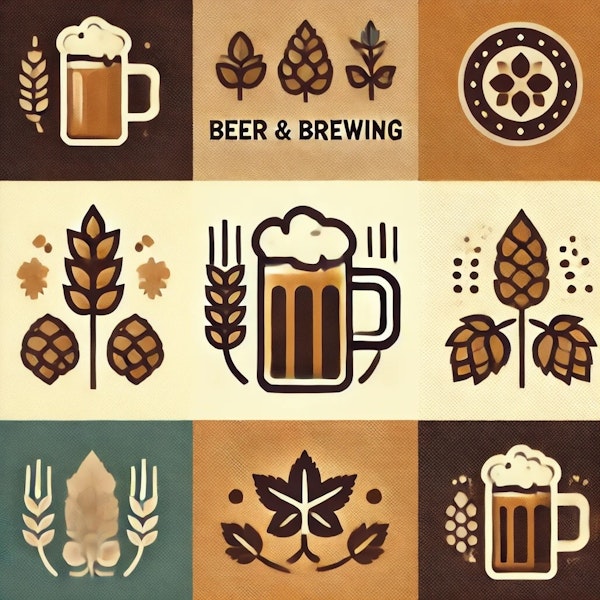
The finished beer should be light on the palate yet offer plenty of rich biscuit and toffee flavors with some herbal-earthy hops. This is an excellent beginner style, as simple to brew as it is enjoyable to drink.
Hard to find and historically interesting? Easy to drink and straightforward to brew? Sounds like the perfect style to tackle at home—or a nice one to grab some interest in the taproom, with its quick turnaround and quantity appeal.
Josh Weikert prowled his local produce aisle following a simple principle: Buy what looks best, and go with the freshest fruit you can get. That led him to guava and passion fruit, a dynamic for this Brazilian-inspired tart fruit beer.
Brazil’s take on tart fruit beer—the Catharina sour—has its own name and moves, but brewers anywhere can follow the steps.
Big yet simple in its construction, this is a showcase of what clean ethanol flavors can add to a beer. Apple-like alcohols meld with the hop aroma and bready grist to yield a simple yet dangerous lager that’s anything but boring.
When most people hear “bock,” they think malt—and there’s no question that maibock is a malt-forward style. However, you can lean into hops and other flavor elements to add interest, and—done well—the result is much more than a “strong helles.”
This bigger cousin of the dry stout gets a bump of strength and a deeper coffee-chocolate flavor profile, making it a great option for a seasonal treat.
Much like a great schwarzbier, the combination of color and drinkability makes this one as rewarding in winter as it is refreshing in summer.
Beer color can defy expectations while offering intrigue—such as this creative riff on the saison tradition.
One of the great things about this beer is its stability: The roast continues to shine even after a few months in the keg or bottle. Some sweetness can build over time—but by then, we may be deep into winter, and that sweetness may be just the thing.